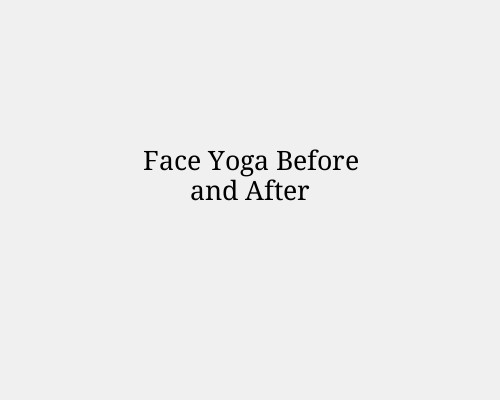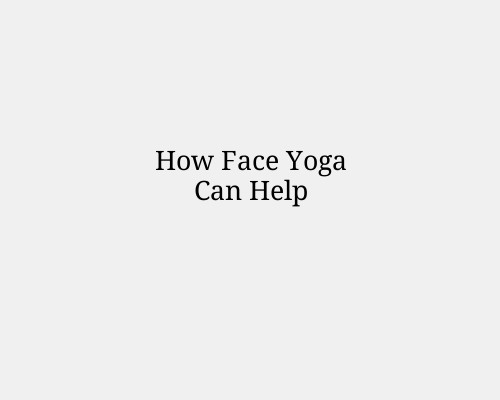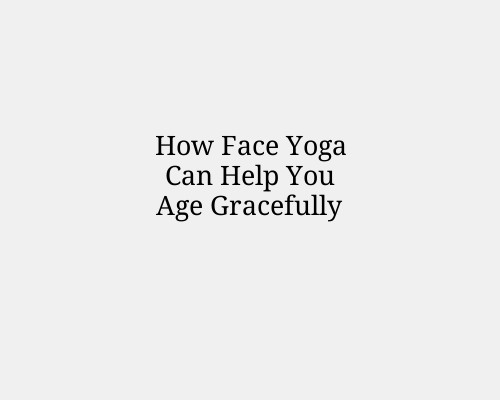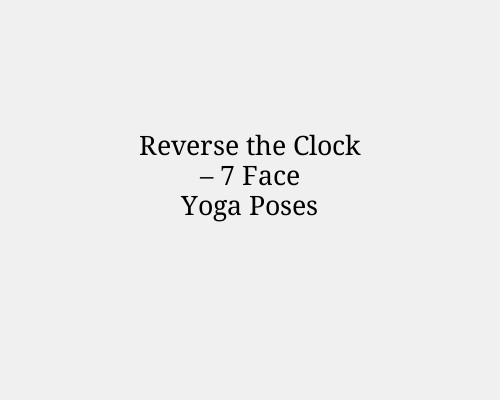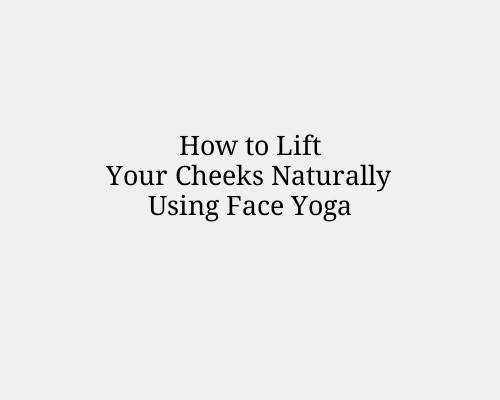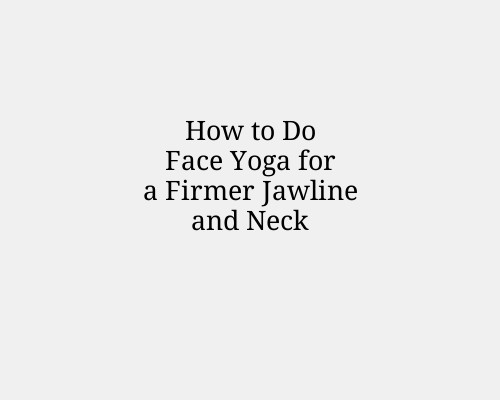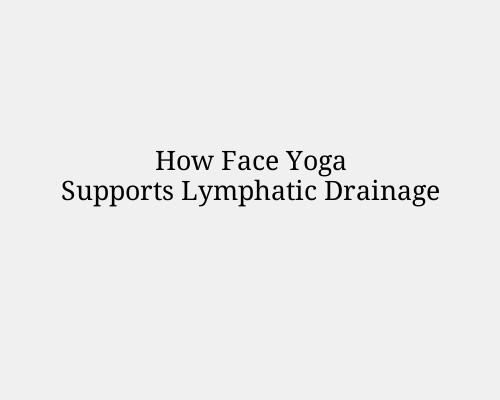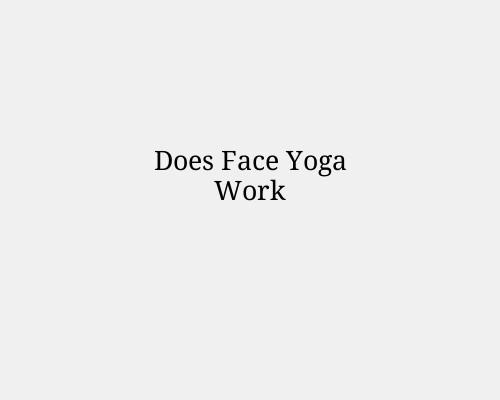
Does Face Yoga Work? Real Results from Real Women
Face yoga has exploded in popularity across social media platforms, with influencers and beauty enthusiasts touting its ability to lift, tone, and rejuvenate the face—no needles required. But does it actually work? To answer that, let’s look beyond the hype and dive into what face yoga really is, the science behind it, and testimonials from real women who have incorporated it into their routines.
What is Face Yoga?
Face yoga is a series of facial exercises intended to tone the muscles beneath the skin, increase blood circulation, and promote lymphatic drainage. The practice typically involves exaggerated facial movements, targeted muscle engagement, and controlled breathing. Think of it as a workout for your face.
The idea is simple: just like you can firm your arms or abs through strength training, you can potentially lift sagging skin and reduce fine lines by strengthening the 40+ muscles in your face.
The Science behind Face Yoga
Scientific evidence on face yoga is still limited, but some studies have shown promising results.
A notable 2018 study published in JAMA Dermatology followed middle-aged women performing daily face yoga exercises over 20 weeks. Dermatologists assessing the before-and- after photos found a modest but noticeable improvement in upper and lower cheek fullness.
Participants reported looking about three years younger on average.
Other dermatologists are cautiously optimistic. While not a replacement for clinical procedures, they agree that regularly engaging the facial muscles can:
Improve muscle tone and facial symmetry
Increase circulation, giving skin a healthy glow
Reduce fluid retention and puffiness
Help with tension, especially in the jaw and brow area
However, not all experts are convinced. Some argue that overuse of certain muscles could deepen wrinkles, particularly if the exercises are done incorrectly. Therefore, proper technique is crucial.
Real Results from Real Women
Many women have reported positive changes after adding face yoga to their daily or weekly routines. While results vary based on consistency, age, and lifestyle, here are a few real-world stories that give insight into its potential.
Emma, 43 – “My cheekbones came back.”
“I started face yoga during the pandemic just to feel like I was doing something for self-care. After about two months of doing 15 minutes a day, I started seeing definition in my cheekbones again. My face just looked… alive.”
Nina, 29 – “Helped my TMJ and slimmed my jawline.”
“I’ve struggled with jaw tension and TMJ for years. I began doing jaw release exercises and noticed not only less tightness but a more contoured look in my lower face. I didn’t expect the visual difference—it was a bonus.”
Clara, 50 – “People said I looked refreshed.”
“I’m not into Botox or anything invasive. I found a face yoga program on YouTube and stuck to it every morning for 10 minutes. It didn’t erase wrinkles, but my skin looked firmer and my eyes less tired. Friends asked if I’d been on vacation.”
Tanya, 35 – “Consistency was the key.”
“At first, I was skeptical. But after doing it consistently for three months, I could actually see subtle lifting around my brows and jawline. I didn’t look like a different person—but I looked better.”
Benefits of Face Yoga
While results aren’t guaranteed for everyone, several common benefits are frequently reported:
Improved facial tone: Especially in the cheeks, jawline, and around the eyes.
Enhanced circulation: Leading to better skin texture and radiance.
Reduced puffiness: Lymphatic drainage exercises can help de-bloat the face.
Stress relief: Many routines double as mindfulness or relaxation techniques.
Non-invasive and free: You don’t need expensive tools or appointments.
How Long Before You See Results?
Realistically, you’ll need to commit to 10–20 minutes a day for several weeks to start noticing visible improvements. Most women who saw results practiced regularly for at least 6–8 weeks. Like any fitness regimen, consistency and correct technique are critical.
Also, it's not just about doing the exercises—hydration, diet, sleep, and skincare all play a role in your overall facial appearance.
Popular Face Yoga Exercises
Here are a few beginner-friendly face yoga moves that target common problem areas:
Cheek lifter: Open your mouth to form an "O," pull your upper lip over your teeth, smile to lift cheek muscles, place fingers lightly on top of cheeks, and lift muscles up and down.
Jawline definer: Tilt your head back slightly, pucker your lips upward, and hold for 5-10 seconds to stretch and strengthen the jawline.
Forehead smoother: Place both hands on your forehead with gentle pressure, then raise your eyebrows while keeping your hands in place to resist movement.
Each movement should be done with intention and not too aggressively—overdoing it can lead to tension or even headaches.
Are There Risks?
Face yoga is generally safe, but incorrect or overly aggressive movements can have the opposite effect. Stretching or pulling the skin too hard may contribute to lines rather than reduce them. People with certain skin or neurological conditions should consult a dermatologist or medical professional before beginning.
Final Verdict: Does Face Yoga Work?
Face yoga can work, especially for those willing to invest the time and practice good technique. While it won’t replace a facelift or erase deep wrinkles, many women report noticeable improvements in skin tone, facial symmetry, and even emotional well-being. The results are subtle and natural—exactly what many are looking for.
It’s not a miracle cure, but it is a free, non-invasive way to feel more in control of your appearance. If nothing else, it encourages mindfulness, daily self-care, and awareness of how facial tension affects how we look and feel.
So, does face yoga work? For many real women—it absolutely does.
